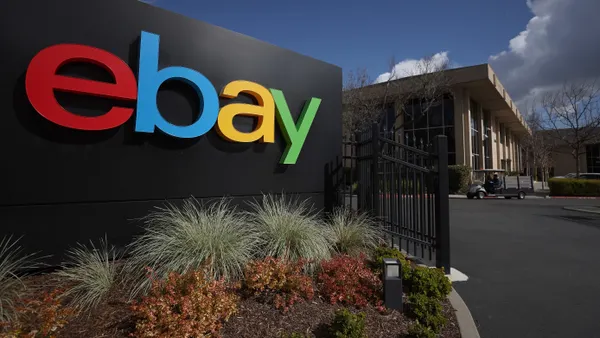Dive Brief:
- Fraud targeting mobile app marketers increased 30% in the first quarter of 2018, compared to the same period last year, reaching $700 to $800 million worldwide, according to the AppsFlyer State of Mobile App Install Fraud report. Shopping apps were among the hardest hit, the report said.
- The share of fraudulent installations has increased 15%, affecting 11.5% of all marketing-driven installations. Shopping app fraud was up 35%, the report said.
- The most popular form of attack is now bots, which have replaced device farms, and are responsible for over 30% of fraudulent installations.
Dive Insight:
Fraudsters targeting mobile app marketers are evolving faster than ever. In the past, frauds may have taken six months to develop, but they now can take weeks or days.
There is a significant increase in the rate of fraud and level of financial exposure as fraudsters get smarter, adapting much faster to anti-fraud measures, said the AppsFlyer report.
Fraud typically comes in waves, and it's a continuing cycle, as fraudsters adapt to new protective measures, which leads to new measures, and so on. "Fraud has become a high-stakes arms race as both sides are becoming increasingly sophisticated," the report said.
Shopping apps are the hardest hit. Gaming, financial and travel apps also are attractive targets. The worst financial losses accrue to the apps with high payouts and verticals of scale, the report said. Shopping apps, with their high cost-per-install and huge scale are the most heavily hit sector, with $275 million exposed in 2018's first quarter.
The report also found that the shopping app vertical was number two in the share of apps with a high fraud rate — 30% with at least 10% fraud, 22% with at least 20% and 17% with at least 10%. The shopping apps also had a 35% higher rate of fraud in the first quarter of 2018 compared to the same period in 2017.
Shopping apps were No. 1 in several areas: highest number of fraudulent installs from bot attacks, highest number of fraudulent installs rejected through behavioral anomalies and the highest number of fraudulent installs from install-hijacking attacks. The shopping apps were No. 2 in highest number of fraudulent installs from device farm attacks and No. 2 in highest number of fraudulent installs from click flood attacks.
Fraud, cyber and security incidents reached an all-time high during 2017. Also rising is the cost of fraudulent transactions.
"Back in November, Forrester reported that mobile marketers' biggest challenges are data visibility, a lack of knowledge, a lack of transparency and mobile ad fraud. Today, we are going to close that fraud gap. Today, we are #FoolsNoMore," said Jon Burg, AppsFlyer's head of product marketing in a blog post.
This fraud does not just target a few large apps by using advanced attacks, according to AppsFlyer. Nearly a quarter of apps have over 10% fraudulent installs, while 12% are significantly exposed with at least 30% fraudulent installs. The Android operating system is more vulnerable to fraud than iOS, although iOS is also a target, the report said.












